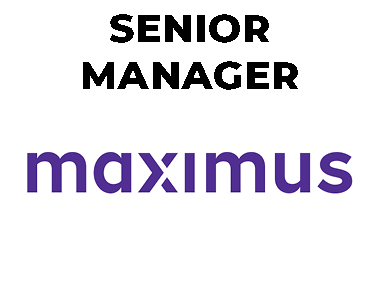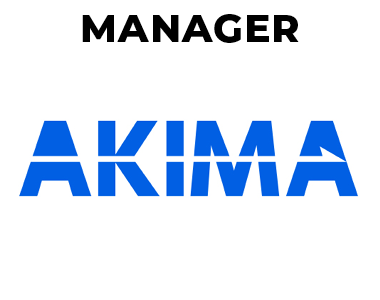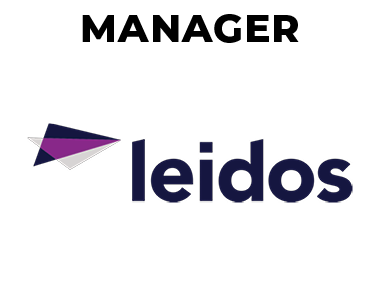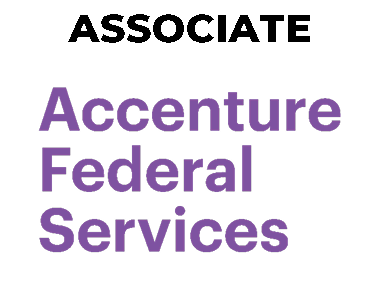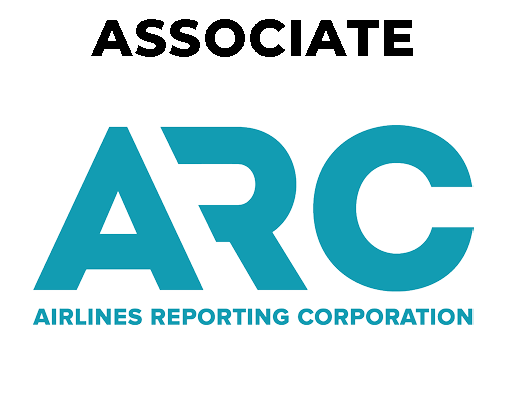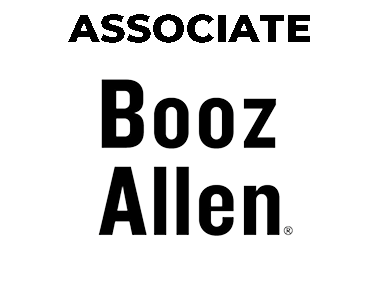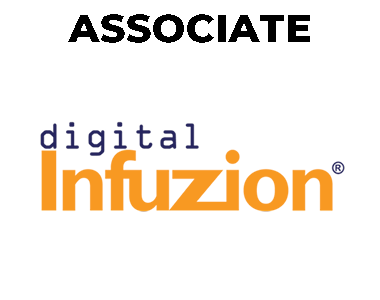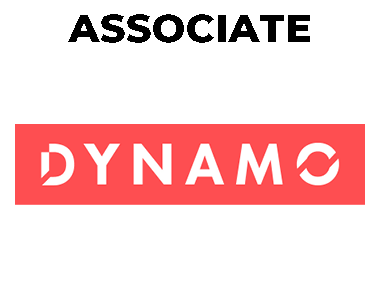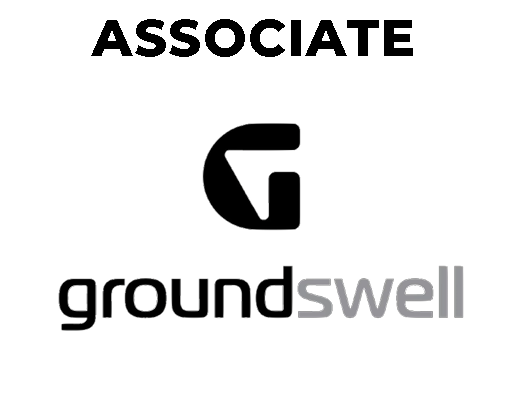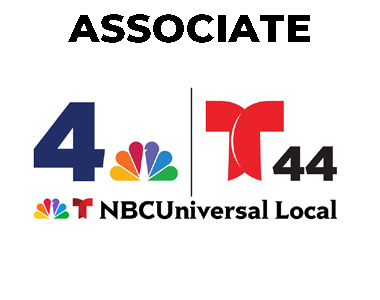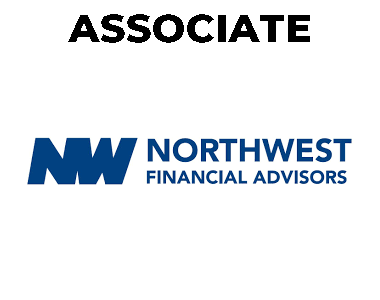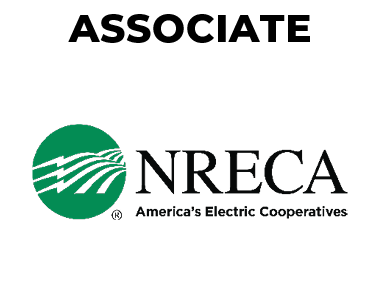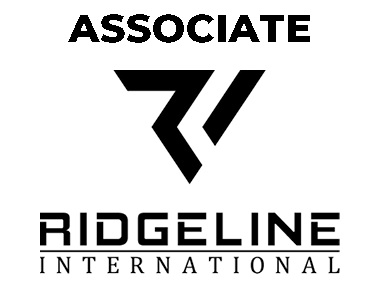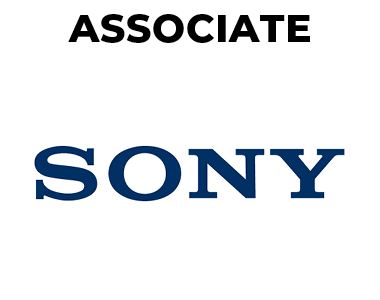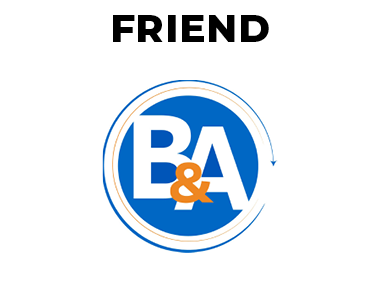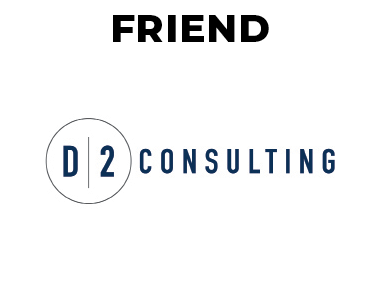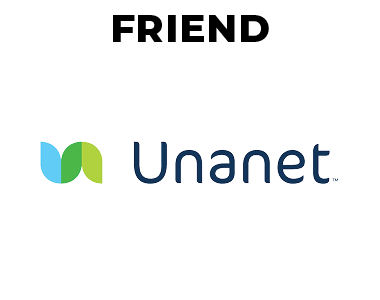Marketing during a global crisis can seem like an impossible task. More and more Americans are unemployed due to the current pandemic, and no one knows what the next week will look like, much less the next sales quarter.

In these difficult times, do consumers still need marketing? Absolutely. But the messages they need look very different from typical marketing campaigns.
Here are five things to keep in mind if you want to create brand messaging that works, even in times of crisis.
1. Everyone Is Looking for Solutions
You’re not just communicating with your clients during this crisis. You’re also talking to your employees, partners, and shareholders, all of whom need different things from your brand.
Find out what those things are. Do some research using whatever methods you have at your disposal. If you can, ask people directly. Then, take those answers and create meaningful solutions.
2. Cross-Functional Teams Are More Effective
To respond effectively to a crisis, the entire organization needs to come together. That means creating a cross-functional team that includes members of:
- The C-suite
- Legal
- HR
- Products
- Sales and marketing
Sales and marketing should take the lead, guiding this new superteam through a four-step strategizing process.
- Analyze the situation: What do stakeholders need from you as a company? Are you already doing any of it?
- Understand the state of the business: How well is the company positioned? What's happening to your revenue right now?
- Outline next steps: What do you need to do to meet stakeholder needs? How do you start?
- Develop a communications cadence: How frequently should you reach out? What should you say and where should you say it?
Different businesses will have different cadences and channels. B2B and B2G companies, for example, may need to incorporate direct one-on-one contact, while B2C companies are more likely to focus on website content, social media, and press.
Pay particular attention to the content of your messaging. Move the focus from sales messages to how you're helping.
3. Customers Have New Needs
People need a lot of things during a crisis like the COVID-19 pandemic. Your job is to figure out which needs you can meet and how.
Brainstorm with your cross-functional team to figure out what you can offer. You likely have at least one product or service that would help. Think about how you can offer it so that it’s more accessible. Examples include:
- Free trials
- Bundles
- Partner integrations
- Payment plans
4. Your Resources Can Be Part of the Solution
Companies now are finding ways to “help, not sell.” As early as March, Facebook and Google started donating funds to small businesses and communities that the pandemic is affecting.
Some tech companies are helping affected small businesses by offering remote work services free. Others are sending infosec volunteers to fight hackers as everyone works to move their lives online.
Not every company can afford to donate services, but everyone can protect their employees. Have you implemented a work-from-home policy? If you have employees who need to come into work — warehouse staff, for example — are you giving them protective equipment and allowing for social distancing?
People appreciate hearing what you're doing to help your workers. It shows care as a core company value, and people will remember that long after the crisis has passed.
Be considerate about how you publicize your company’s good deeds though — customers won’t appreciate messages that read as self-serving.
5. Compassion and Support Lead the Way
In a survey of 1,000 consumers, ad-tracking service Ace Metrix found that 90% believe mentions of COVID-19 are okay in brands’ PR. Of that group, about half said that acceptability depended on the kind of message.
To land on the right side of that divide, companies have to avoid looking like opportunists. No one wants to be an ambulance chaser, but you also don’t want to be the brand that’s called out for “virtue signaling.”
An understated but direct approach is more effective. Craft a simple announcement that communicates what you’re doing to help and, if appropriate, how others can get involved.
- We’re reducing staff numbers so our warehouse workers can practice social distancing. Please allow extra time for delivery.
- Do you know a company that could use free tech support right now? We’re offering X for free to businesses impacted by COVID-19.
According to research, 66% of people find these kinds of messages reassuring.
In Conclusion
During a global pandemic, part of branding is showing the world you’re there to support them. Learn what your stakeholders need — from your lowest-level employee to your biggest customer — and find a way to provide it. Let people know what you’re offering, but don’t brag.
It’s a hard balance to strike, and it may not deliver results right away. Be patient. People will remember how you acted when it mattered most.
Melissa Chadwick is VP of Content at Merritt Group, an integrated strategic communications agency that combines public relations, content marketing, performance marketing and creative services expertise.
















